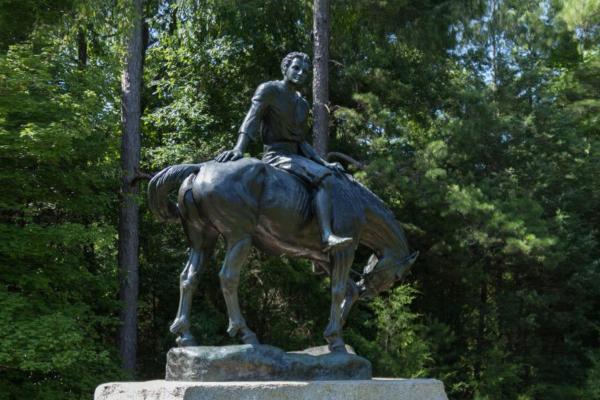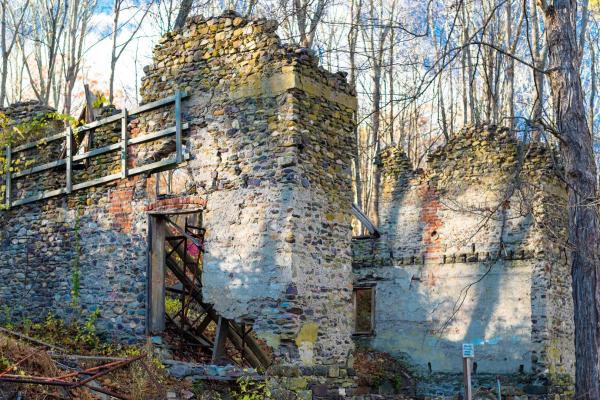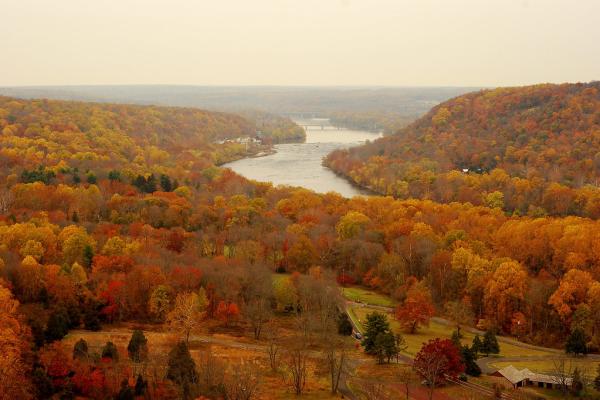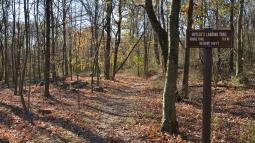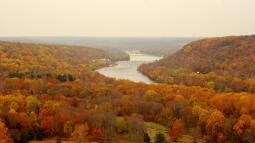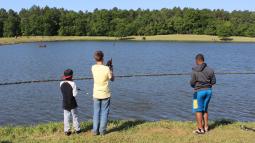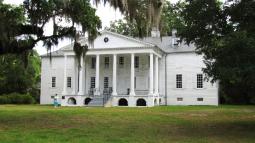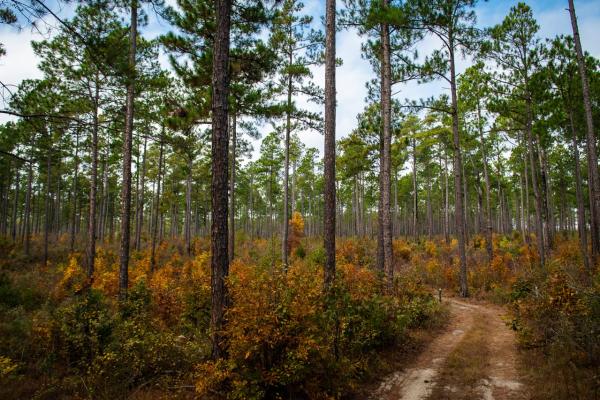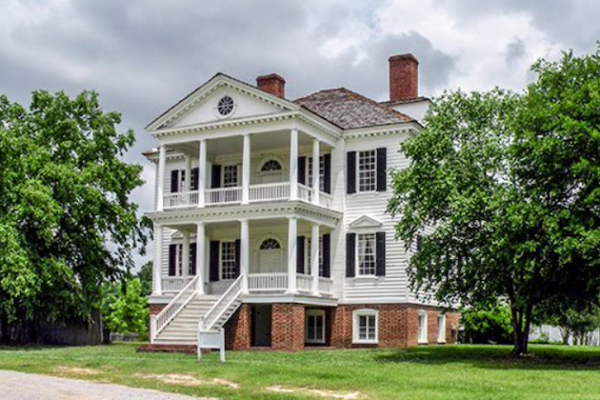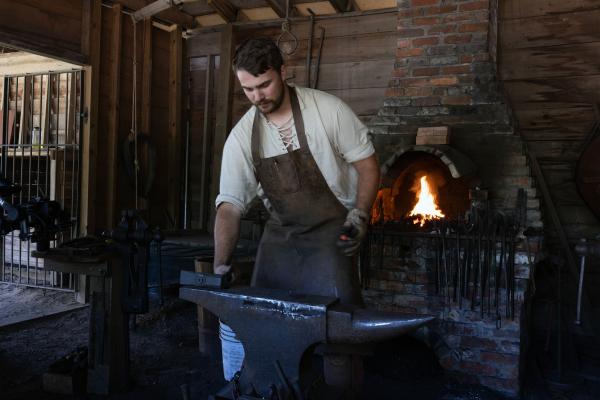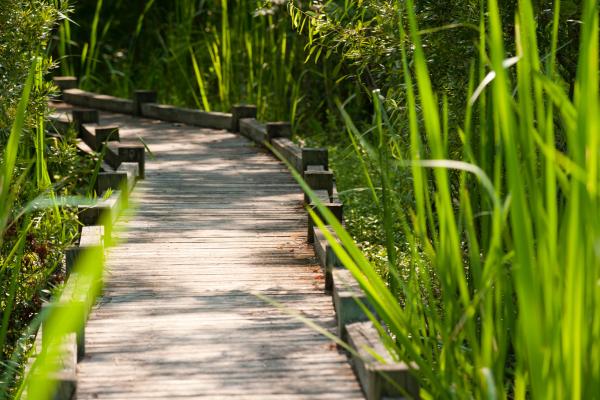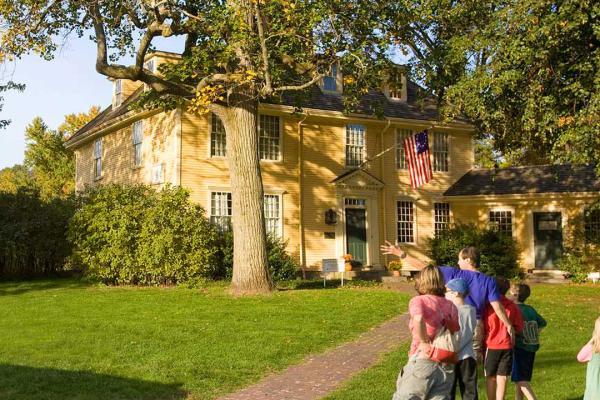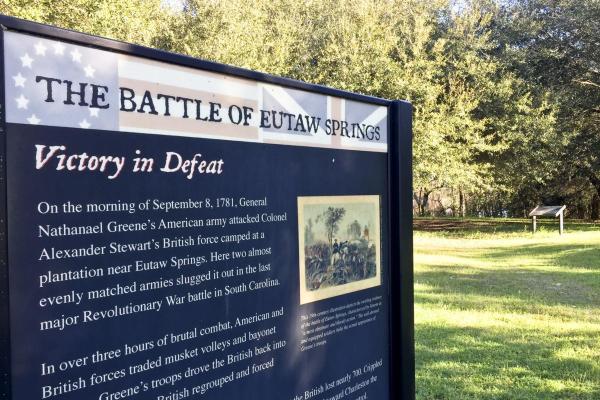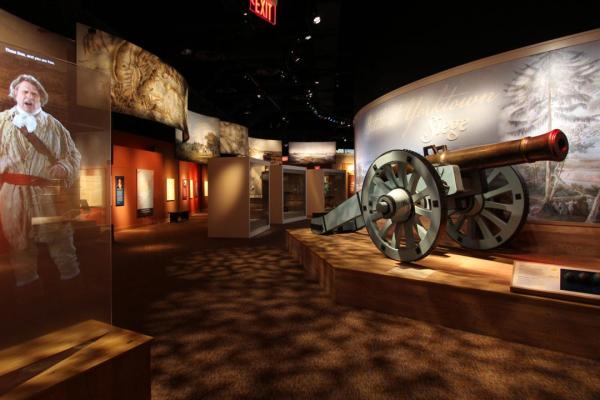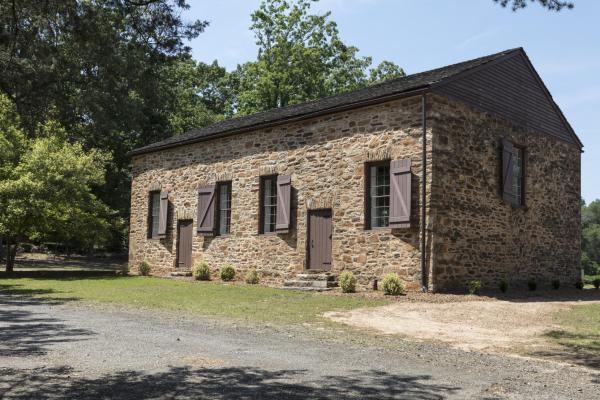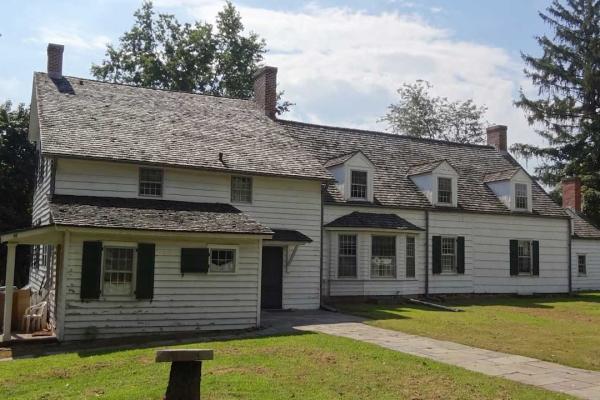Enjoy fishing for bass, bream, catfish and crappie in the 18-acre park lake. The bream in this lake are catch and release.
With a proper license, fishing is permitted in certain areas of the wildlife refuge.
With a license, enjoy fishing and crabbing along the Hudson along most lengths of the Palisades Interstate Park.
Stocked seasonally, the Monksville Resevoir houses trophy size muskellunge, walleye, bass, and trout. A valid New Jersey fishing license is required.
Fishing is permitted along the Delaware River, Delaware Canal, and Raritan Canal with a proper fishing permit. Various species are found within the river and it is stocked with trout by the New Jersey...
Fishing is permitted along the Delaware River with a proper fishing license.
McClellanville, SC

